Every era of technological disruption creates winners and losers. What separates them isn't just the speed of innovation: it's the ability to build and sustain trust.
In the current wave of AI adoption, that principle matters more than ever.
As Product Marketing Managers (PMMs), we often sit at the intersection of Product, Sales, Customer Success, Marketing, and Operations. We translate technical capabilities into market value and customer feedback into strategy.
But because we're in the middle, we also act as trust brokers. And in the AI era, that role has never been more critical.
One wrong step – an inflated claim in a pitch deck, a lack of clarity on data usage, or even a poorly phrased sales script – can topple months or years of trust-building. Like a house of cards, trust takes time to build, but can collapse with a single misplaced piece.
The trust/innovation matrix
To frame the challenge, let's start with a simple matrix that I use when thinking about AI strategy. It plots two dimensions:
- Responsible vs. Irresponsible
- Innovation vs. Inertia
| The trust/innovation matrix | Inertia | Innovation |
|---|---|---|
| Responsible | Responsible inertia ⚠️ | Responsible innovation ✅ |
| Irresponsible | Irresponsible inertia 🚫 | Irresponsible innovation ❌ |
Now let's break it down:
❌ Irresponsible Innovation
This is the hype-driven race to launch without guardrails. Consider companies that overpromise AI capabilities or gloss over ethical risks: short-term excitement can lead to long-term damage.
🚫 Irresponsible Inertia
Here, organizations often hide behind compliance or risk avoidance, yet still fail to effectively manage customer expectations. For example, claiming "we don't use AI" while quietly experimenting internally. That inconsistency erodes trust.
⚠️ Responsible Inertia
The "wait-and-see" approach. These companies act cautiously and ethically, but move so slowly that they risk irrelevance. In the fast-paced B2B space, inertia can create a competitive disadvantage.
✅ Responsible Innovation (the only viable quadrant)
This is where PMMs must help their organizations live: balancing speed with accountability, transparency, and alignment. Responsible innovation means not just building the next big AI feature, but doing so in a way that strengthens, rather than undermines, trust.
Why trust is fragile in the AI era
In B2B, trust has always been critical. But with AI, it becomes essential. Why?
Opaque technology
Even technical buyers struggle to validate AI claims. If we exaggerate, they assume we're hiding weaknesses.
Cross-functional exposure
AI initiatives typically impact multiple functions, including data privacy, product architecture, customer service, and compliance. If just one stakeholder loses confidence, the whole narrative collapses.
Amplified skepticism
Many enterprise buyers have been burned by inflated AI promises. They enter conversations with a higher baseline of doubt.
House-of-cards effect
A single misstep by one team member – such as a Sales Development Representative overhyping a feature, a PM misrepresenting roadmap timelines, or a marketer using buzzwords instead of evidence – can undo the work of dozens of people.
This fragility puts PMMs in a unique position. Our job is not just to enable alignment; it's to safeguard consistency across every touchpoint.
Practical steps for PMMs to build trust through responsible innovation
1. Establish a shared narrative framework
Don't let every function tell its own story about AI. As PMMs, we should define a source of truth that outlines:
- What we can say today (current capabilities, backed by proof).
- What we're working toward (roadmap with clear caveats).
- What we will not promise (guardrails to protect credibility).
This framework prevents Sales from overhyping, Product from oversimplifying, and Marketing from drifting into jargon.
2. Anchor innovation in customer problems
AI isn't inherently valuable – its value comes from solving real customer challenges. In B2B, that might mean:
- Reducing time-to-insight in financial services.
- Automating compliance workflows in regulated industries.
- Improving personalization at scale in digital platforms.
As PMMs, we must ensure every AI story starts with the problem, not the algorithm. Otherwise, buyers interpret our innovation as "innovation for innovation's sake."
3. Translate technical complexity into responsible messaging
Engineers may want to highlight model architectures. Executives may want to highlight growth. Customers want clarity.
Responsible messaging avoids both extremes:
- Too much hype = distrust.
- Too much technical jargon = confusion.
The PMM role is to strike a balance between accuracy, clarity, and restraint. For example, instead of saying:
"Our AI predicts customer churn with 95% accuracy."
Say:
"Our model identifies churn risk factors with tested accuracy in current pilot environments. Here's how three customers have used it to improve retention."
4. Create cross-functional trust checkpoints
Because AI initiatives touch so many stakeholders, establish a cadence where PMMs align messaging and updates across functions:
- Monthly AI briefings with Sales, Product, CS, and Compliance.
- Pre-launch validation sessions where messaging is tested against customer-facing teams.
- Feedback loops to capture how customers respond to AI claims in the field.
These checkpoints aren't just governance – they're active mechanisms for maintaining the trust to keep the house of cards safe.
5. Educate customers and internal teams alike
In the AI era, trust is built on literacy and transparency. The more your stakeholders understand what AI can and cannot do, the less likely they are to misinterpret or misrepresent it.
PMMs can create:
- Enablement assets that explain AI features responsibly.
- Customer education programs that teach not just the "what," but also the "how" and "why."
- FAQ libraries that preempt common doubts.
By raising the baseline of understanding, we reduce the risk of accidental misalignment.
6. Treat trust as a KPI
It's not enough to say trust matters. We must measure it.
Some B2B trust indicators include:
- Consistency of messaging across functions.
- Customer satisfaction with transparency in sales cycles.
- Analyst perception in industry reports.
- Referenceability: Are customers willing to vouch for your claims?
As PMMs, we can create a "trust dashboard" alongside traditional KPIs, such as pipeline and win rate.
The PMM's unique role
Why should PMMs lead the charge on responsible innovation? Because no other role has the same vantage point:
- Sales focuses on closing deals.
- Product focuses on shipping features.
- Engineering focuses on technical feasibility.
- Customer Success focuses on retention.
PMMs are best positioned to see the whole picture: market signals, customer expectations, product capabilities, and internal alignment. That makes us the natural custodians of trust.
And because trust is fragile, we must act as both translators and guardians. One broken link in the chain is enough to collapse the entire structure.
Conclusion: Only responsible innovation survives
When you map the matrix – responsible vs. irresponsible, innovation vs. inertia – it becomes clear: the only sustainable path forward is responsible innovation.
- Irresponsible innovation erodes trust.
- Irresponsible inertia creates irrelevance.
- Responsible inertia leaves opportunity on the table.
- Responsible innovation builds competitive advantage without sacrificing credibility.
For PMMs, this means every narrative, every enablement deck, every customer-facing message must reinforce trust. In the AI era, our role as trust brokers is not optional – it's essential.
Because in the end, trust isn't just a value. It's the foundation. And without it, even the most innovative AI product will collapse like a house of cards.





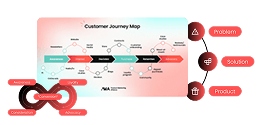




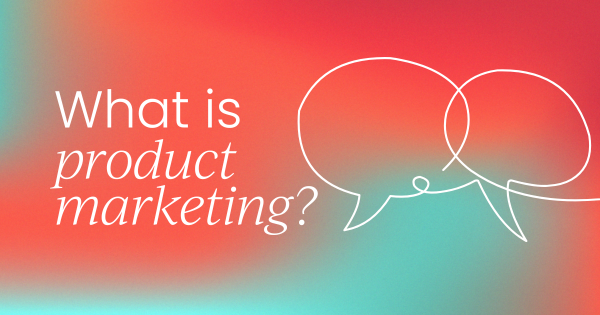
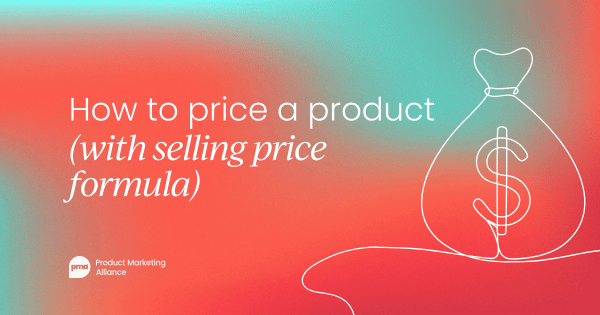
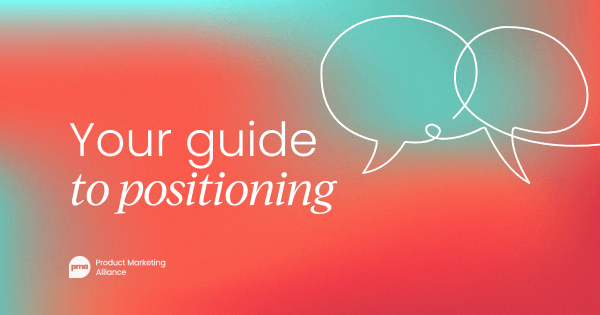
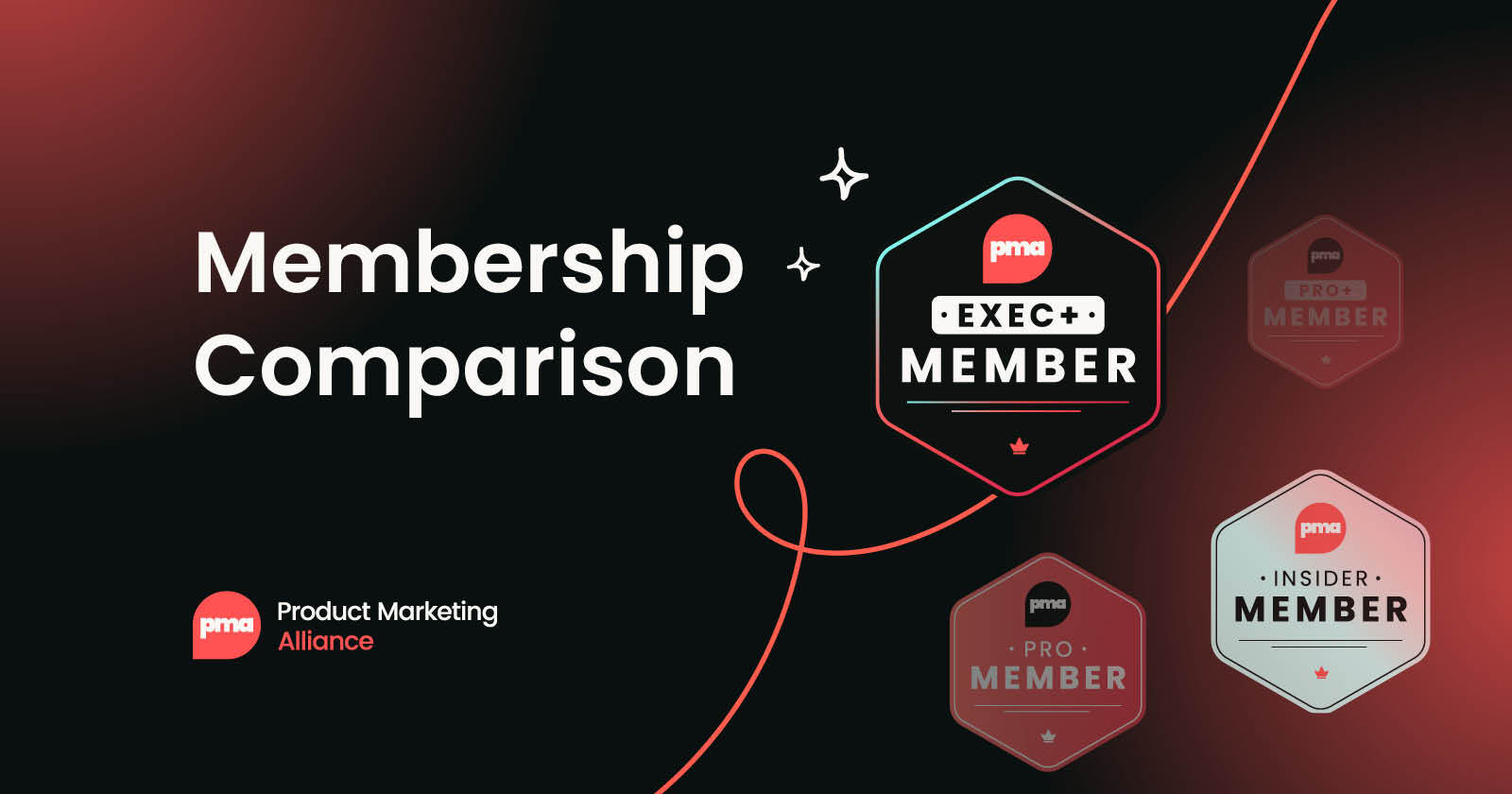
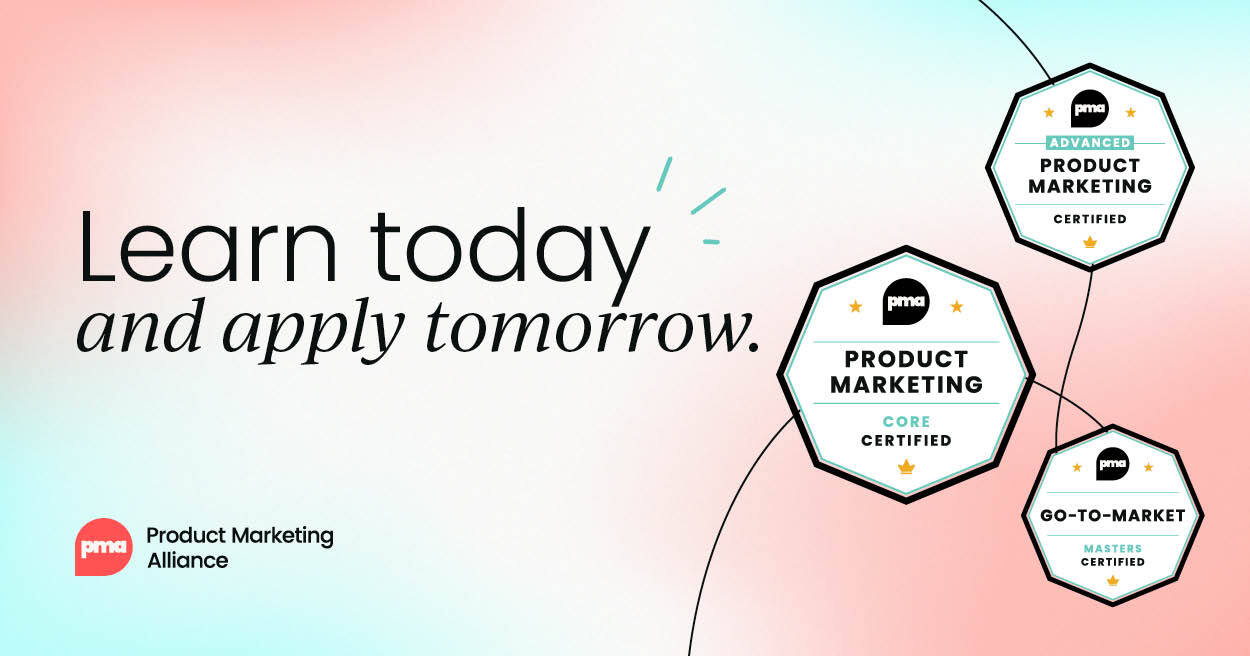
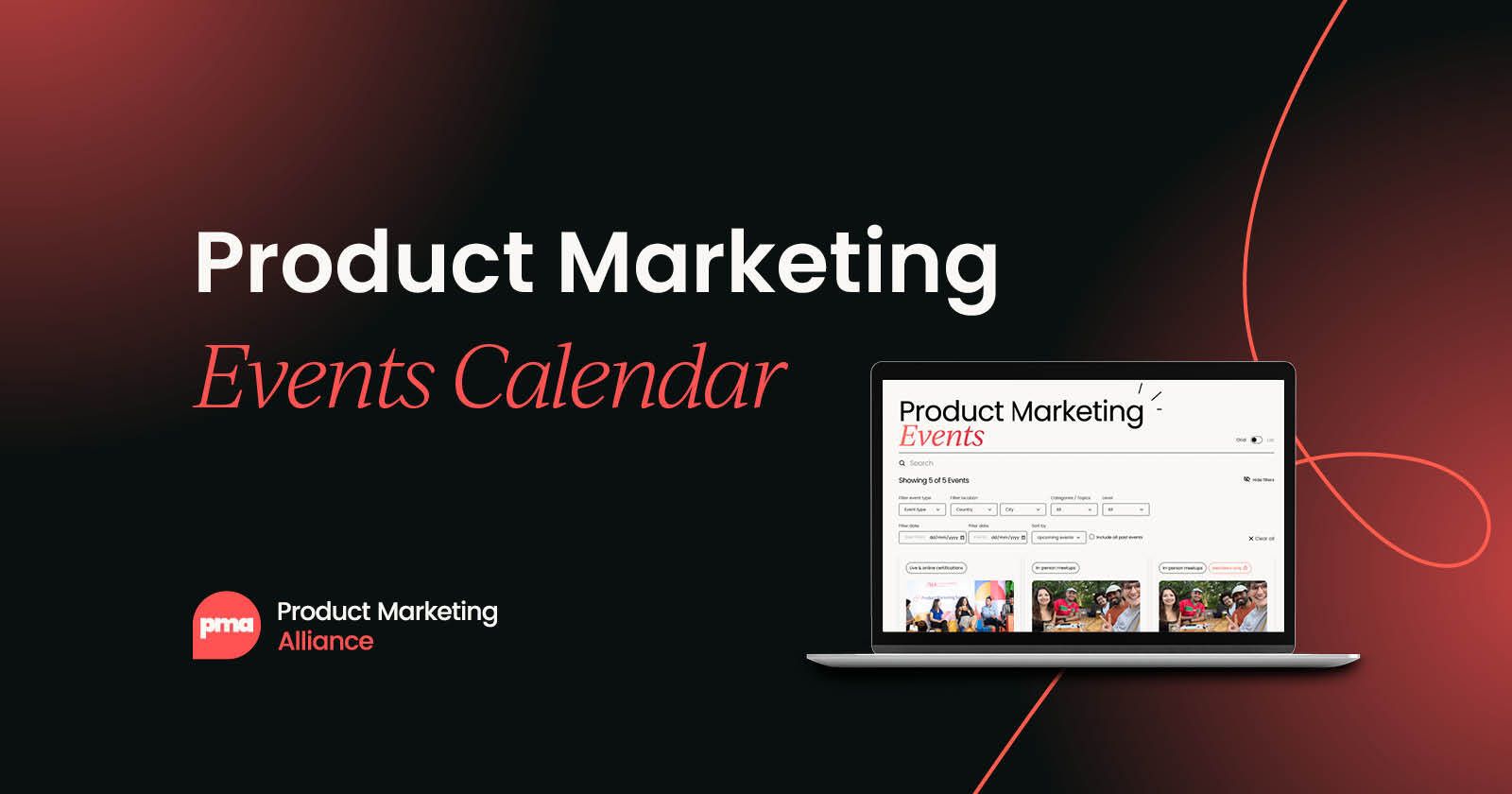
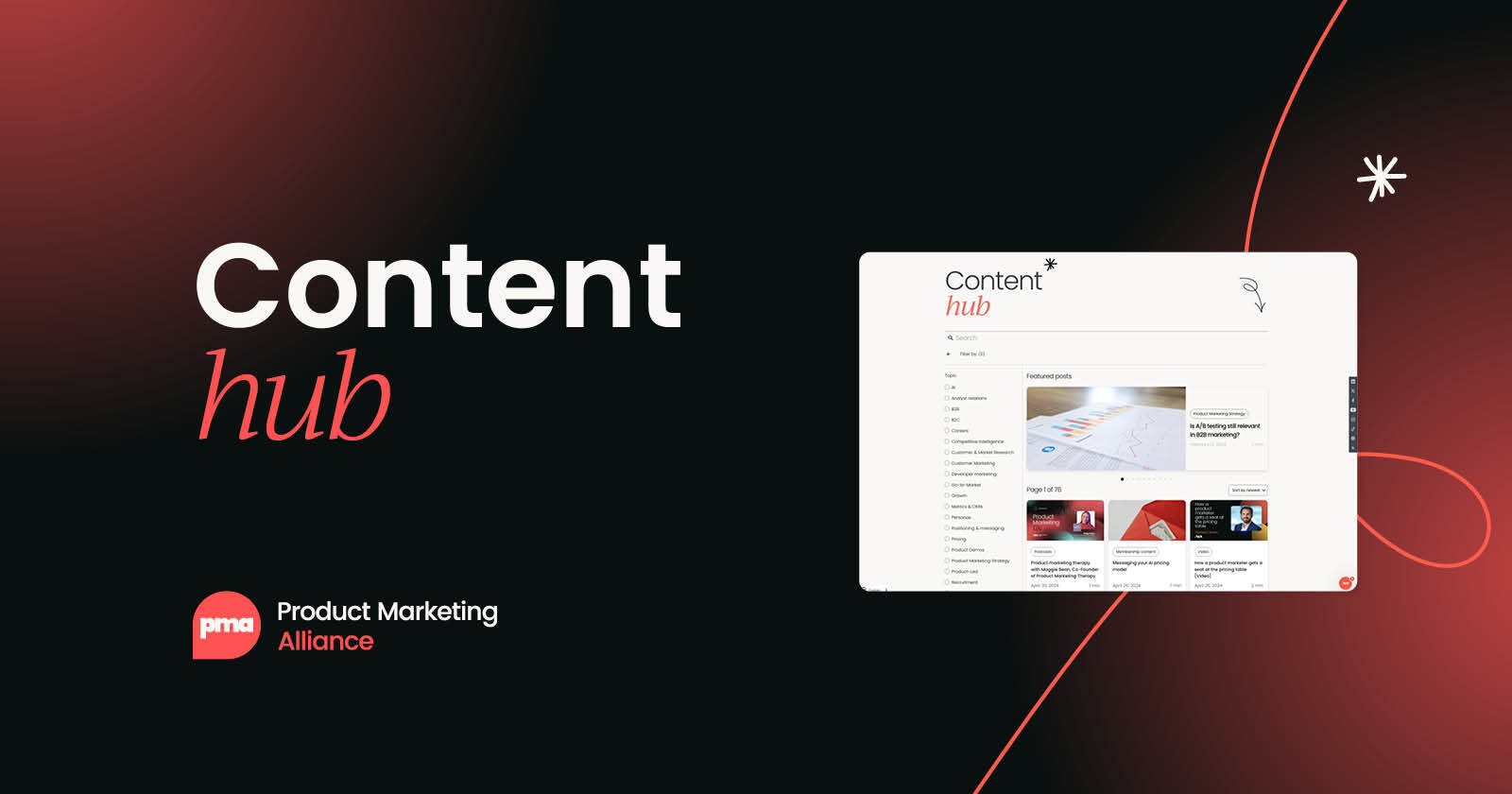

 Follow us on LinkedIn
Follow us on LinkedIn

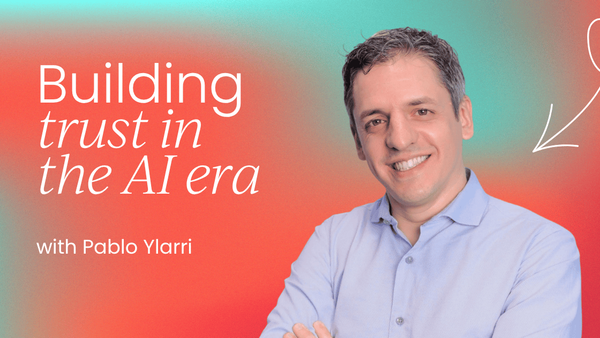


.svg)
Start the conversation
Become a member of Product Marketing Alliance to start commenting.
Sign up now